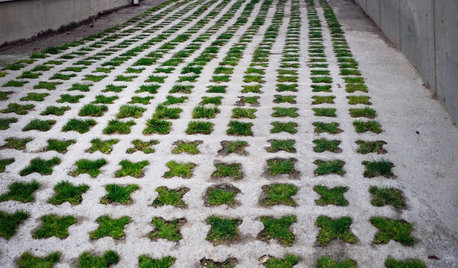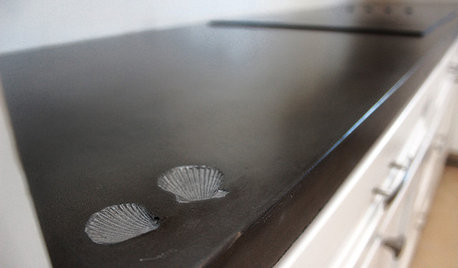Grit Experiment
pjames
14 years ago
Featured Answer
Comments (28)
equinoxequinox
14 years agopjames
14 years agoRelated Professionals
Franconia Landscape Architects & Landscape Designers · Parole Landscape Architects & Landscape Designers · Salisbury Landscape Architects & Landscape Designers · Stamford Landscape Contractors · Wakefield Landscape Contractors · Cordele Landscape Contractors · El Segundo Landscape Contractors · Fair Oaks Landscape Contractors · Lemay Landscape Contractors · Methuen Landscape Contractors · Mount Sinai Landscape Contractors · Brownsville General Contractors · Everett General Contractors · Fort Pierce General Contractors · Jefferson Valley-Yorktown General ContractorsShaul
14 years agopjames
14 years agoleearnold
14 years agopjames
14 years agopjames
14 years agomendopete
14 years agomarauder01
14 years agoleearnold
14 years agosbryce_gw
14 years agosmalltowngal
14 years agopjames
13 years agoequinoxequinox
13 years agopjames
13 years agolkittle
13 years agoequinoxequinox
13 years agopjames
13 years agoequinoxequinox
13 years agorandomz
13 years agokathyf-2010
13 years agofam62cc
13 years agojim08204
13 years agopjames
13 years agolkittle
13 years agoCyrah .
4 years agoBuddy Byrd
3 years ago
Related Stories

KITCHEN DESIGNStylish New Kitchen, Shoestring Budget: See the Process Start to Finish
For less than $13,000 total — and in 34 days — a hardworking family builds a kitchen to be proud of
Full Story
KITCHEN DESIGNSoapstone Counters: A Love Story
Love means accepting — maybe even celebrating — imperfections. See if soapstone’s assets and imperfections will work for you
Full Story
BATHROOM DESIGNDoorless Showers Open a World of Possibilities
Universal design and an open bathroom feel are just two benefits. Here’s how to make the most of these design darlings
Full Story
REMODELING GUIDESHouzz Tour: Urban Remodel Looks to Sweden for Bright Ideas
Once a dowdy rental in need of a revamp, this Sydney home now has a fresh and inviting Swedish summer-house feel
Full Story
GREAT HOME PROJECTSWhat to Know Before Refinishing Your Floors
Learn costs and other important details about renewing a hardwood floor — and the one mistake you should avoid
Full Story
MOST POPULARFrom the Pros: How to Paint Kitchen Cabinets
Want a major new look for your kitchen or bathroom cabinets on a DIY budget? Don't pick up a paintbrush until you read this
Full Story
EARTH DAYHow to Build a Greener Driveway
Install a permeable driveway to keep pollutants out of water sources and groundwater levels balanced
Full Story
KITCHEN COUNTERTOPSElephants of the Kitchen? What to Know About Concrete Counters
Concrete countertops are beautiful, heavy and cool — and have their own peculiarities. And a lot in common with certain gray pachyderms
Full Story
KITCHEN DESIGNUsing White Marble: Hot Debate Over a Classic Beauty
Do you love perfection or patina? Here's how to see if marble's right for you
Full Story






lkittle